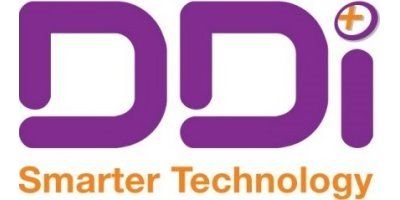

Summary of new EU Clinical Trial Regulation
The changes the regulation brings companies need to already be reviewing their current processes, systems and supporting infrastructure for clinical trial applications and operations. They need to do so in every changing regulatory environment where Clinical Trial and related data is being ever more scrutinized.
This paper provides a synopsis of the new regulation
- Insights on timing
- The advantages of preparedness.
- The impact that Brexit
- How companies can set up a successful CTR programme.
The new regulation is applicable for Investigational Medicinal Products (IMP) for human use and does not apply to non interventional trials or trials without medicinal products such as devices or surgery etc. The regulation seeks to provide a single, unified portal and database for both trial sponsors and regulatory agencies in each member state. For sponsors the portal will be the main platform to submit applications and notifications and it allows regulators to perform their assessments and supervise the trial.
High level changes brought in by the new regulation include:
- Streamlining the process for clinical trial application across EU
- Procedures for assessing and authorizing clinical trials, removing duplication and reducing delays in the process
- Introducing a lighter regulatory regime for trials conducted with medicines that are already authorized and which pose minimal risk compared to normal clinical practice
- Simplifying reporting requirements, sparing researchers from submitting largely identical information on the conduct of the study to various bodies
- Formally recognizing co-sponsorship, this acknowledges that a trial can be led by more than one organization
A. Demystifying the Clinical Trial Regulation:
The new EU CTR encompasses four main business processes within the end to end clinical trial process. It mandates industry to change their existing ways of working in the short term and revolutionize the whole enterprise architecture in key areas of the clinical process in the long term.
Industry and member states will need to ensure that data and documentation is submitted within the timelines defined by the regulation and adhere to strict business rules. Such requirements, if not met, may result in delays, higher costs and increased effort. Missing critical milestones may lead to applications being considered either lapsed or validated by default, dependent on the stage of application and with which party a critical activity lies.
B. Introduction to the CT Portal and Database: The European Medicines Agency (EMA) will release and host the CT Portal and Database which aims to support the new CTR. The CT Portal and Database will be used by both sponsors and member state authorities throughout the application, assessment and supervision processes
The CT Portal and Database offers features that will help users in the end to end processes such as document management, task management, notices and alerts and reporting functionalities.
